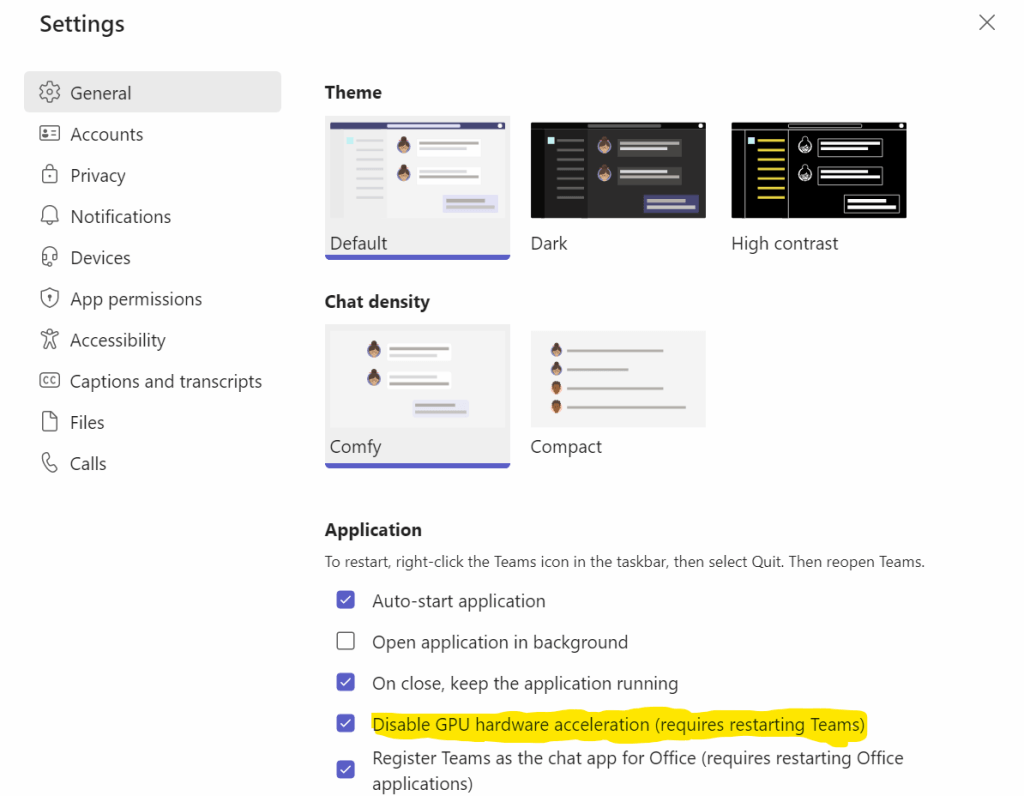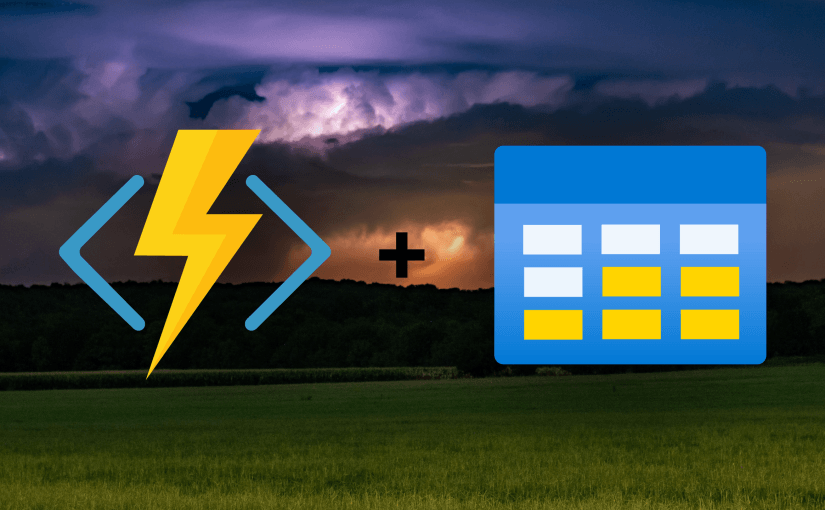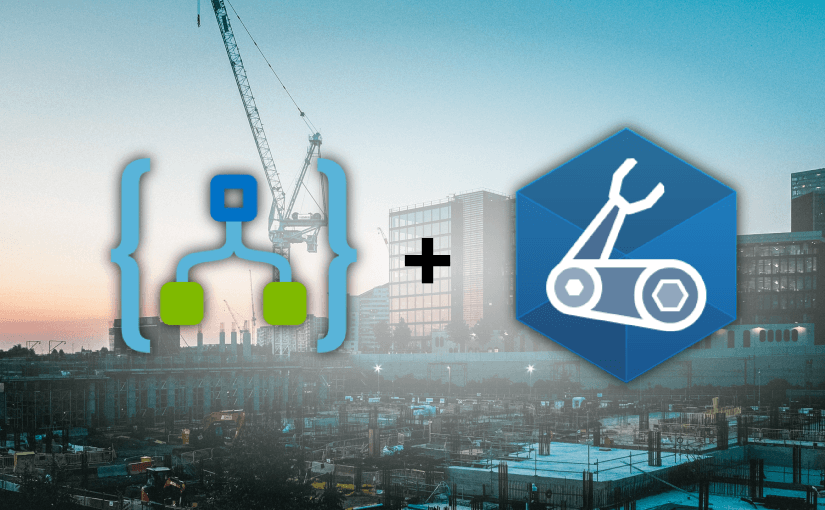Azure Functions offer great flexibility with the consumption plan, being able to scale out and handle huge amounts of events while not costing anything if there’s no traffic. But sometimes you need even better performance or eliminate potential cold start times. That’s when it makes sense to switch to a Premium Plan, which can be achieved using Azure Bicep.
Continue reading Switching between Azure Functions Consumption and Premium Plans with BicepDeploying Azure Email Communication Service with Bicep
To be able to use send Emails through the Azure Communication Service you need a few ressources that are best created using Infrastructure-as-Code – in this case with Bicep.
Continue reading Deploying Azure Email Communication Service with BicepAzure Web App + Storage Account with Managed Identity using Bicep
Today I needed to automate a standard scenario in Azure: connecting a Web App Service (in my case ASP.NET Core) to Azure BLOB and Table Storage. The auth is being done through Managed Identites, so the Web App’s identity needs to be granted read/write access to the Storage Account using RBAC. And this should all be automated in Bicep.
Continue reading Azure Web App + Storage Account with Managed Identity using BicepFix: No incoming video in Microsoft Teams
I recently set up my new Surface Laptop Studio and had an issue where I could not see other participants on video in Microsoft Teams. Took me a bit to find the solution on Google so here’s what worked for me.
The trick was to go to the Microsoft Teams Settings in the main window (not in call) and check the “Disable GPU hardware acceleration (required restarting Teams)”.

StartsWith Filter on Azure Table Storage columns in C# & JavaScript
Azure Table Storage is quite limited in the ways you can add filters to your queries. E.g. asking for all rows where PartitionKey starts with ‘abc’ is one of those cases that is not supported directly, but can be achieved with a little trick.
Continue reading StartsWith Filter on Azure Table Storage columns in C# & JavaScriptAzure Functions in TypeScript: REST CRUD with Azure Table Storage
A few years ago I published an article on how to do CRUD & REST with JavaScript-based Azure Functions against Azure Table Storage. Back then serverless was still pretty new in Microsoft Azure. Since then a lot has changed, three new runtime versions were released and the ecosystem has evolved. That old post still gets a bit of traffc though, so I thought it would be a good time to re-evaluate this topic and share some udated code samples.
Continue reading Azure Functions in TypeScript: REST CRUD with Azure Table StorageApplication Insights and Log Analytics Workspace Bicep Template
According to a message in the Azure Portal “Classic Application Insights is deprecated and will be retired in February 2024”. That means it’s time to think about how to configure Application Insights to store it’s data in a Log Analytics Workspace. You can do it manually in the Portal, but I prefer doing these things in Bicep so it can be replicated across all environments automatically.
Continue reading Application Insights and Log Analytics Workspace Bicep TemplateAuto-Update UWP Apps over Azure BLOB Storage Static Websites
UWP has a very nice app update mechanism outside of the store that allows you to publish new releases to a public-facing website – and UWP taking care of the rest. And while the docs recommend Azure Web Apps for this, you can get the same results for a lot cheaper using the Static Websites feature in Azure BLOB Storage.
Continue reading Auto-Update UWP Apps over Azure BLOB Storage Static WebsitesDeploying Azure Logic Apps + Managed Identity with Bicep
Today I needed to migrate an Azure Logic App from a test environment into our project’s Ressource Group and connect it to the Blob Storage using Managed Identity. Since we already have pipelines in place with a nice little Bicep script for all the infrastructure I wanted it also to be part of this deployment process.
Here are the things that needed solving:
- Deploying the Logic App with environment-specific parameters
- Makeing it easy to update the Logic App definition without having to touch the Bicep file
- Connecting Logic App to Azure Blob Storage using an Azure Managed Identity
Get newest entry in Azure Table Storage
Recently I had the requirement of retreiving the newest entry in an Azure Table Storage table. While there’s of course the Timestamp column that could be used to indetify the desired row, we would need to query the whole table to find the youngest date. This could be narrowed down by for example knowing on which day a record was added and filtering accordingly, but we’d probably still get multiple rows to check manually for the newest one.
Continue reading Get newest entry in Azure Table Storage






